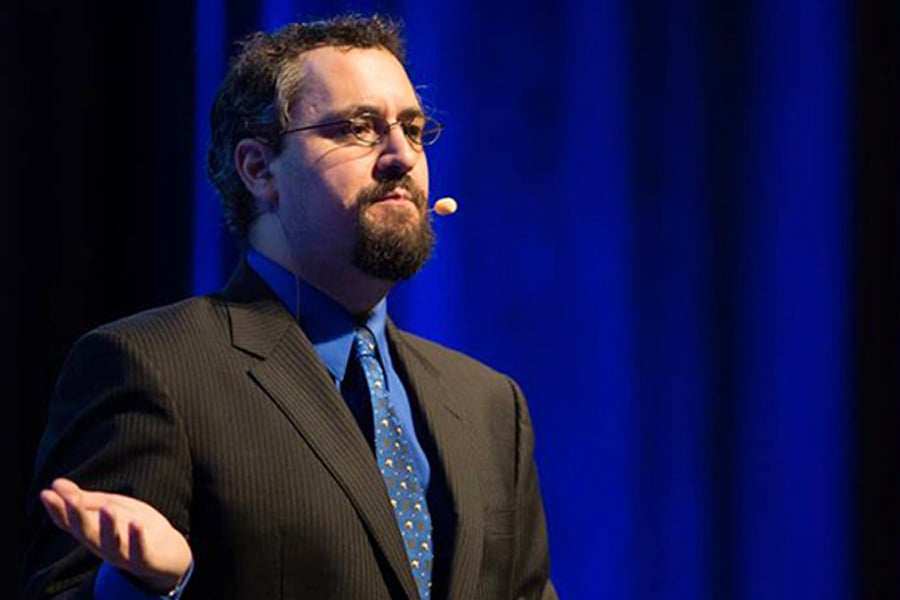

A financial firm executive and a high-profile financial adviser agreed Tuesday on the need for more transparency on the costs of custodial services but differed on exactly how far to go.
Michael Kitces, head of planning strategy at Buckingham Wealth Partners, and Marc Cohen, executive vice president for adviser business strategy at LPL Financial, squared off in an InvestmentNews webcast.
Kitces, a prolific blogger who has outsized influence on how the financial advice sector tackles key issues, is a longtime critic of what he characterizes as a lack of candor on the part of custodians about how much they charge to hold registered investment advisers’ assets under management.
“I have no idea what I’m actually paying,” said Kitces, co-founder of the XY Planning Network.
Kitces estimates Charles Schwab & Co. charges about 11 basis points for custodial services, based on financial disclosures filed with the Securities and Exchange Commission.
But that aggregate number doesn’t provide the detail that Kitces seeks. For instance, it doesn’t tell him what Schwab is charging each of its custody clients and it gives him no feel for whether one firm is subsidizing another on the platform.
“We can’t even find out [the price for custody] if we ask, most of the time,” Kitces said. Custodians have a good idea of the revenue they’re generating but “they just don’t tell us unless it’s not enough, then they [tighten] the screws.”
Custodians make money on custody in a variety of ways — by charging advisers per account on their platform, earning interest on custodied assets and charging for securities transactions. Other revenue streams can come from payment for order flow and from highlighting certain investment funds available on their platform, which is known as providing “shelf space.”
“What’s less important is how much money the custodians are making and precisely what they’re charging but rather what the trade-offs are,” Cohen said. “If you’re not the ones picking up the bill, who is picking up that bill and what are some of the conflicts that may be created as part of that type of relationship?”
The debate emanated from a challenge laid down at last fall’s InvestmentNews RIA Summit. Schwab executive Bernie Clark and Fidelity Institutional executive David Canter asserted that Kitces didn’t understand the nuances of custody. InvestmentNews senior columnist Jeff Benjamin suggested that Clark and Canter debate Kitces.
The executives initially agreed to the debate, but over the last few months both backed out. Benjamin said they cited scheduling difficulties. Cohen, who also participated in the IN RIA Summit but didn’t poke Kitces, agreed to participate in Tuesday’s debate, which was moderated by Benjamin.
“It was good to see you guys take the gloves off a bit but then sort of make up,” Benjamin said.
Most advisers don’t pay for custody themselves but rather pass custodial costs along to their clients. Custodians can use shelf space payments and other revenue from their platforms to lower the bill for some of the custodied assets, but the details are murky.
Custodians should be more open about their operations, Cohen said, noting that LPL strives for transparency with its custodial customers.
“The industry has tended to shy away [from those discussions],” Cohen said. “There’s been a bit of embarrassment. We need to have that conversation.”
Cohen suggested that Kitces move his firm’s assets to LPL to experience how LPL works with its custodial clients.
“I think we’re taking a very different approach than what some of our peers in the marketplace might be offering,” Cohen said.
But Kitces wants more than the details about his own custody fees in a one-on-one dialogue with a firm. He wants to know more about what custodians are charging across the industry.
Kitces is also concerned about the compliance implications of opaque custody fees. The adviser benefits from custody services but may not be able to show a regulator exactly how much a client is paying for them. He said it could create a crackdown like the one the SEC's currently conducting about lack of transparency around 12b-1 fees.
“I have a fundamental fiduciary responsibility that the SEC is pursuing in the channel right next to ours,” Kitces said.
He asserted that custodians should be as transparent as RIAs about their fees.
“We do it every day as RIAs,” Kitces said. “When you’re aligned to the people you serve, you end up creating even greater value for them because it forces you to be laser-focused.”
Custody itself is becoming commoditized, Cohen said. The challenge is to show what else advisers are getting for their money, such as consulting.
“Where we can provide value is in some of these other intangibles in helping them run a strong business,” he said.

Relationships are key to our business but advisors are often slow to engage in specific activities designed to foster them.

Whichever path you go down, act now while you're still in control.

Pro-bitcoin professionals, however, say the cryptocurrency has ushered in change.

“LPL has evolved significantly over the last decade and still wants to scale up,” says one industry executive.

Survey findings from the Nationwide Retirement Institute offers pearls of planning wisdom from 60- to 65-year-olds, as well as insights into concerns.
Streamline your outreach with Aidentified's AI-driven solutions
This season’s market volatility: Positioning for rate relief, income growth and the AI rebound
